Kigali
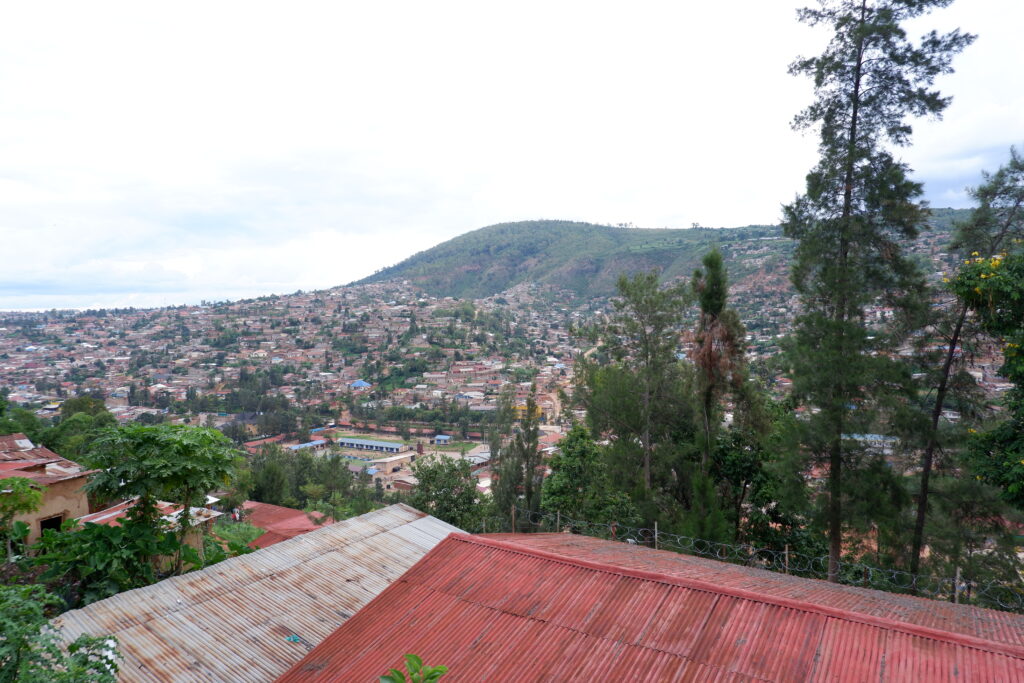
Established as the capital after Rwanda gained independence from Belgium in 1962, Kigali is located roughly at the country’s geographical center. It’s a natural gateway for visitors and an excellent base for exploring Rwanda’s best attractions.
Kigali is a very different city to some other urban center of the rest of East Africa. If you have time, plan to spend at least a few days in the city itself rather than simply passing through. In the quarter-century since Kigali was devastated by the Rwandan Genocide, it has been reborn as one of the cleanest and safest capitals in Africa. It is very clean, in part as a result of a complete ban on plastic, it is hilly, very well organized, with perfectly maintained infrastructure and streets lined with gorgeous trees. It is also a very safe city. Unlike other African cities, there is also a fair amount of things to do in Kigali so you should not skip it on your way to Akagera National Park.
Skyscrapers and start-up companies provide a surprising contrast to the lush scenery of the surrounding hills while contemporary art galleries, coffeehouses, and restaurants add to Kigali’s cosmopolitan atmosphere.
Kigali Genocide Memorial
No trip to Kigali or Rwanda is complete without spending some quality time at the Kigali Genocide Memorial. This is the best place to learn about the worst human tragedy to affect the country and one of the most awful historical times for Africa. If you only have a few hours, the best thing to do in Kigali is visiting the Genocide Memorial.
The Genocide Memorial is the right place to start your Rwanda travel because it will also set straight a lot of the traditions, customs and way of life in modern day Rwanda. It also provides an explanation and foundation for everything that you will see and notice as you travel across the country. Talking about the Rwandan Genocide is really difficult. The history is tragic and the many ignored signs that warned the international community about it make one feel frustrated and helpless.
In April 1994, members of the Hutu majority government of Rwanda initiated genocide against the Tutsi people after decades of conflict between the two ethnic groups. By mid-July of the same year, approximately one million people had been slaughtered, and 259,000 of them are buried in mass graves at the Kigali Genocide Memorial.
You should spend at least 2h at the Kigali Genocide Memorial to make sure that you have enough time to listen to all the audio guide recordings, read the text at the exhibits and walk the outdoor areas.

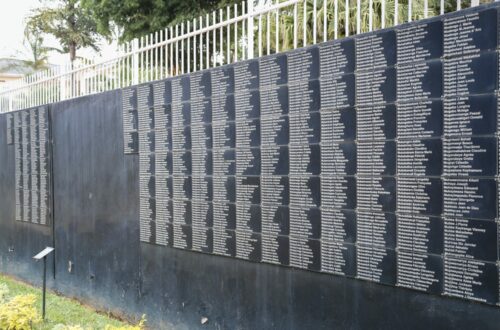

The Memorial also hosts three permanent exhibitions, the largest of which is dedicated to commemorating the events and victims of the Rwandan Genocide.
The visit starts at the reception where there is an introductory video featuring a few Rwandans whose lives were forever changed by the Genocide. You then proceed to the main building where several exhibits and an audio guide will follow a chronology of events across the museum from the time of Belgian colonialism to today’s reconstruction efforts.
Inside the museum there are also some halls devoted to the victims of the genocide where over 100 photos of people are displayed. There is also a section about other genocides around the world and a last hall devoted to the children.
After gaining an emotional insight into the horrors that shaped Rwanda’s recent history, take a moment to reflect on what you have learned in the Memorial’s tranquil gardens. Outside the main museum there are gardens and the actual memorial where the remains of thousands of Rwandans are buried. This is a real cemetery and so it is visited by the family and friends of the many victims who come to pay their respects. If you are visiting on a weekend, you will notice the many Rwandans visiting.
The outdoor areas also include a rose garden and a burning flame memorial that reminds the viewer of all those who died. There is also a library with research documents, a cafe and a small souvenir shop.
Nyamirambo Women's Center
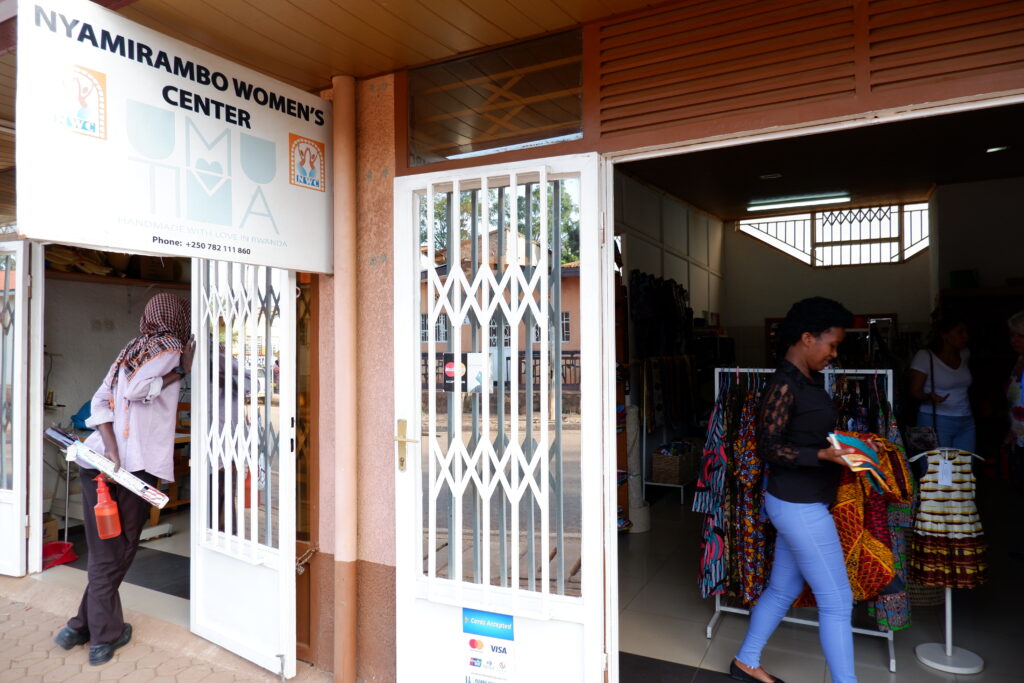
A great place to explore is the buzzing and vibrant neighborhood of Nyamirambo, a multicultural and extremely interesting part of the city. Nyamirambo is the heart of Kigali, with cool shops, markets, bars, and restaurants. It’s a primarily Muslim neighborhood, so don’t come here looking for akabenz, but you will find tasty brochettes and fish offered. There are a few tours through the area if you don’t fancy exploring by yourself.
Located in Kigali’s multicultural Nyamirambo district, the Nyamirambo Women’s Center is a non-profit initiative intended to provide Rwandan women with the education and training needed to find employment.
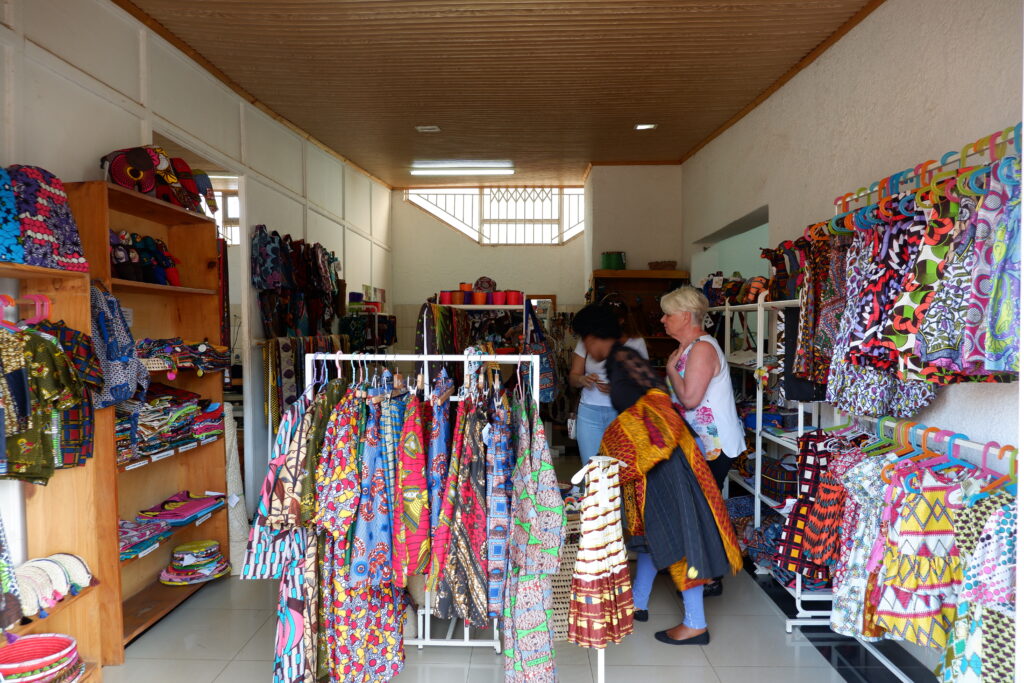
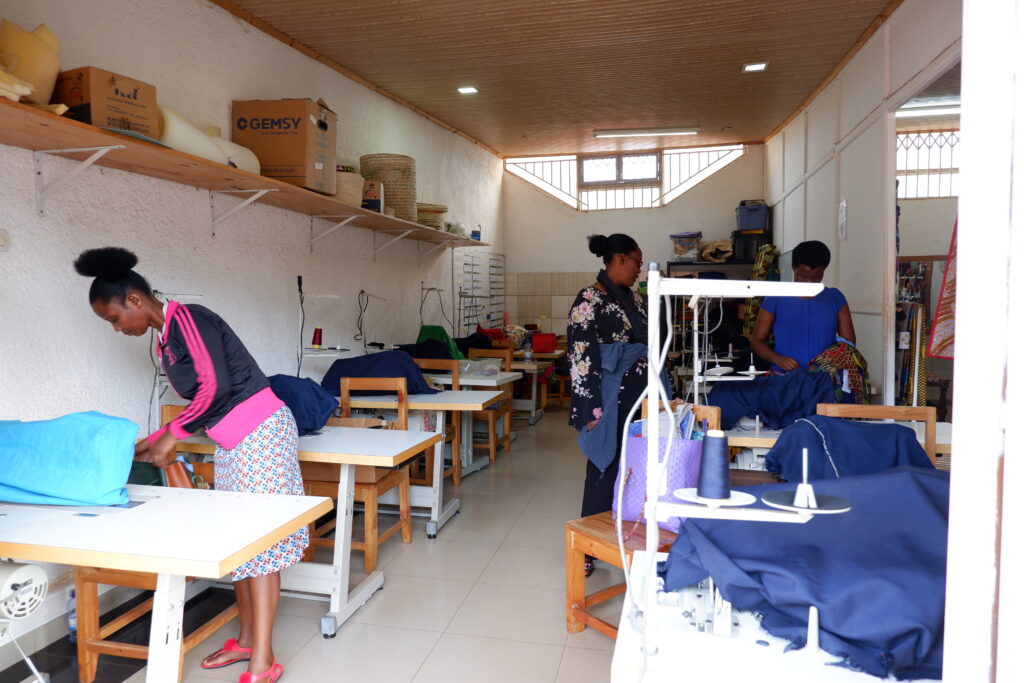
The ladies that work here use their skills to create high-quality children’s clothing, accessories, and home decor products out of traditional kitenge fabrics—all of which make stunning souvenirs while funding the center’s community programs.
Make sure to sign up for one of their popular walking tours, too. After a traditional snack and a lesson in Kinyarwanda, you’ll follow a local guide on a tour of Nyamirambo’s houses, independent businesses, and mosques. Afterward, enjoy a traditional lunch at one of the ladies’ homes.
Inema Art Center
Kigali today is an explosion of color, art and creativity. This can be seen in the many local designer shops, the art galleries popping up at every corner and the hip and chic restaurants and cafes. One of such places is the Inema Arts Center, a mixed purpose building where concerts, art exhibitions, workshops and performances are held.
The center was founded in 2012 by brothers and self-taught painters Emmanuel Nkuranga and Innocent Nkurunziza to bring Rwandan art to light. Inema Art Center is now one of the best contemporary galleries in the city. It features the work of 13 resident artists working across a broad spectrum of different mediums.
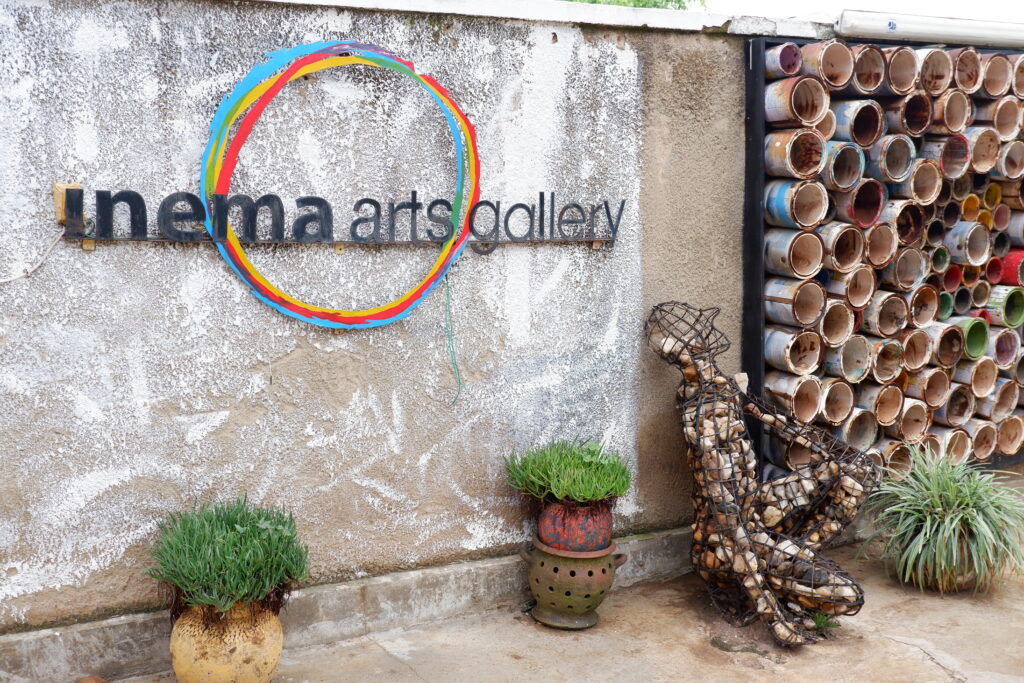
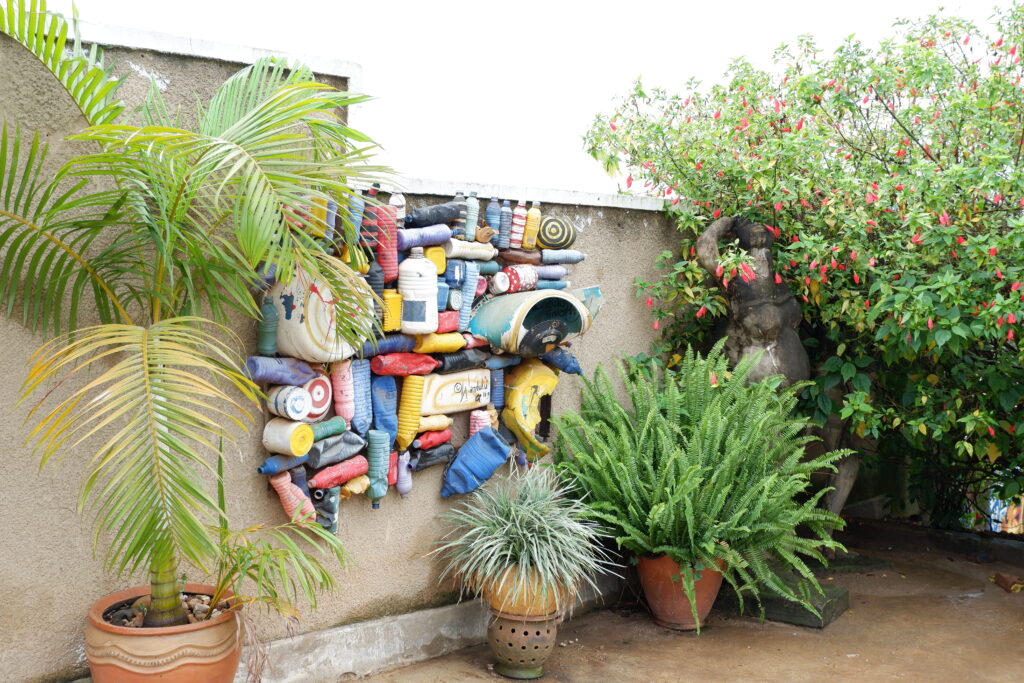
In addition to beautiful pieces, happy hours (check them out on Thursday!), yoga classes, and other events can be found in their creative space.
It also hosts workshops and training programs for the next generation of Rwandan creatives, including weekly workshops for orphans with artistic abilities, traditional dance programs for children and a crafts program for women.
Visitors can peruse (and purchase) the artworks in the gallery, or shop for jewelry, linens, and leatherwork created by the center’s students at the gift shop. Keep an eye out for regular music and dance performances too.
Hôtel des Mille Collines
Once the grandest hotel in the capital, Hôtel des Mille Collines was immortalized by the 2004 movie Hotel Rwanda. The film followed the story of Hutu manager Paul Rusesabagina, who sheltered hundreds of Tutsi refugees here during the Rwandan Genocide. The hotel is quite an institution, not just because of the movie, and sits handsomely on one of the hills that make Kigali.
Although Rusesabagina’s role is the subject of controversy, the hotel itself is a fascinating piece of Rwandan history. Its pre-1994 glory has faded over time, but it remains a glamorous place to come for afternoon drinks at the poolside bar. While sipping your cocktail amidst the garden greenery, consider that the pool was once the only source of water for the refugees trapped inside the hotel.
Aside from being one of the interesting places to see in Kigali and the most famous and oldest luxury hotel to open in Rwanda, Hotel des Milles Collines is also one of the nicest places to eat in Kigali. At night when Le Panorama, the 4th-floor restaurant, opens, you can enjoy the city lights from a vantage point. Although Le Panorama serves refined fine dining with a strong French influence, some of the local produce, like tilapia, is incorporated in the menu.
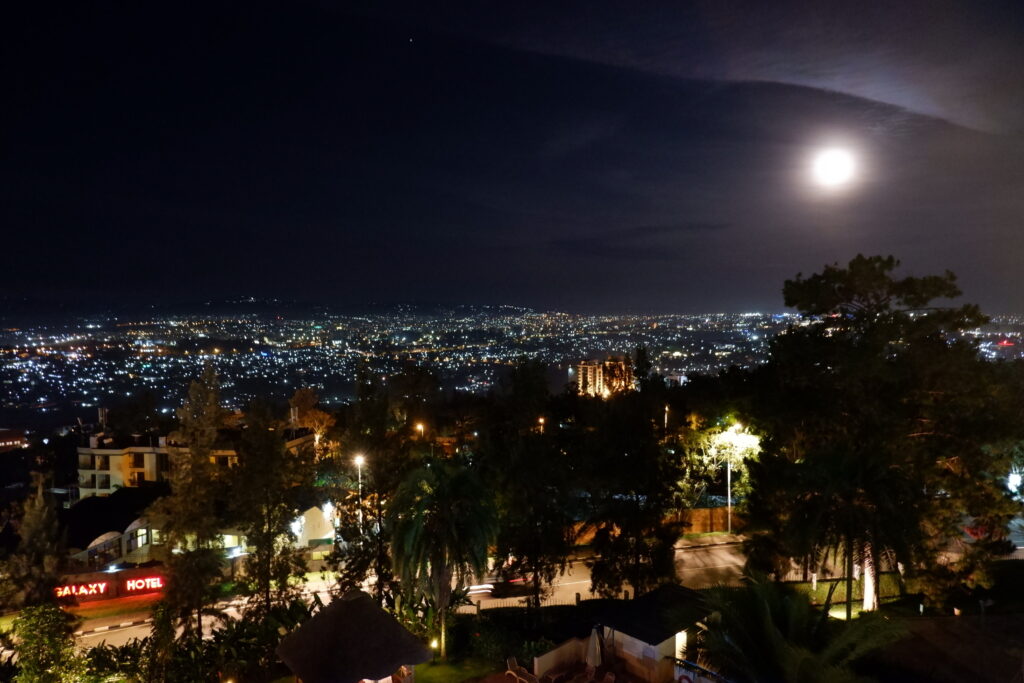
Kandt House Museum of Natural History
Richard Kandt was the first German colonial Resident of Rwanda. He was appointed to the position in 1908 after leading the exploration northwest of German East Africa between 1897 and 1907.
About 500m from downtown Kigali is the Kandt House Museum. It is the former Natural History Museum, which was changed to Kandt House Museum in December 2017. One of the first things you see when you walk into the compound was the bronze life-size statue of Richard Kandt, clad in German military regalia with a walking stick in his left hand and a peaked military cap in his right.
There are two main places to see in the museum — the main house, which contains much of Rwanda’s history, and the reptile park, which has snakes and crocodiles.
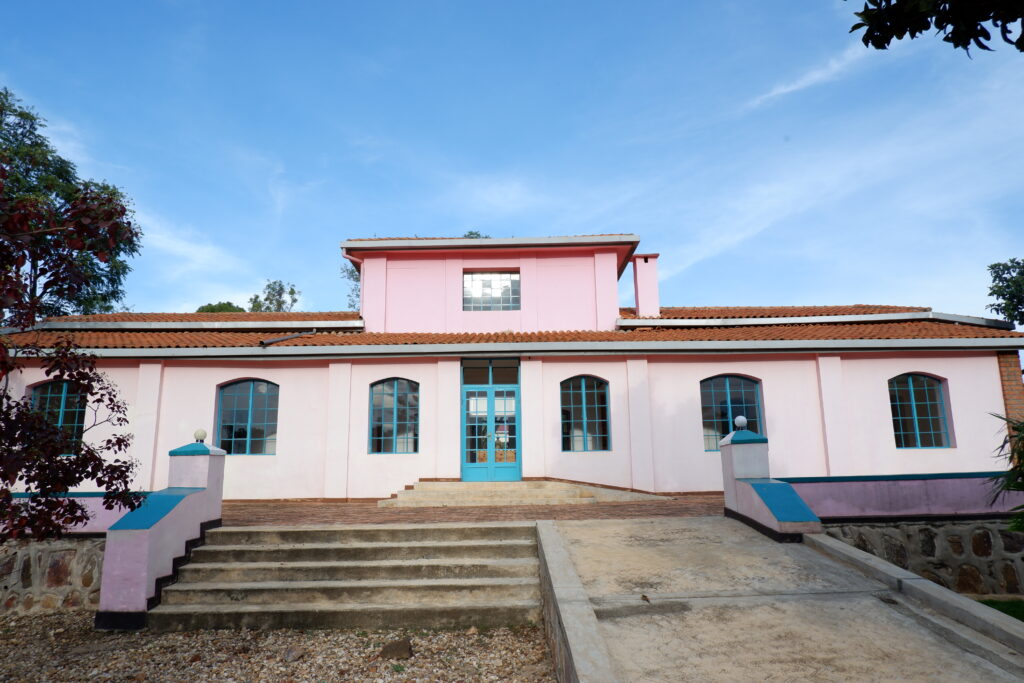
The house has three main exhibits.
The first part presents Rwandan life in all its aspects – social, economic, and political – before the colonial period.
The second part traces the experience of the Rwandan people during the colonial period. Following the Berlin Conference in 1884, the Germans ruled Rwanda until 1916, when the Belgians took over under the League of Nations Mandate after World War I. Richard Kandt’s life and deeds in Rwanda are covered here.
The third part covers the history of Kigali, before, during and after the colonial era. Kigali was made the capital upon independence in 1962.
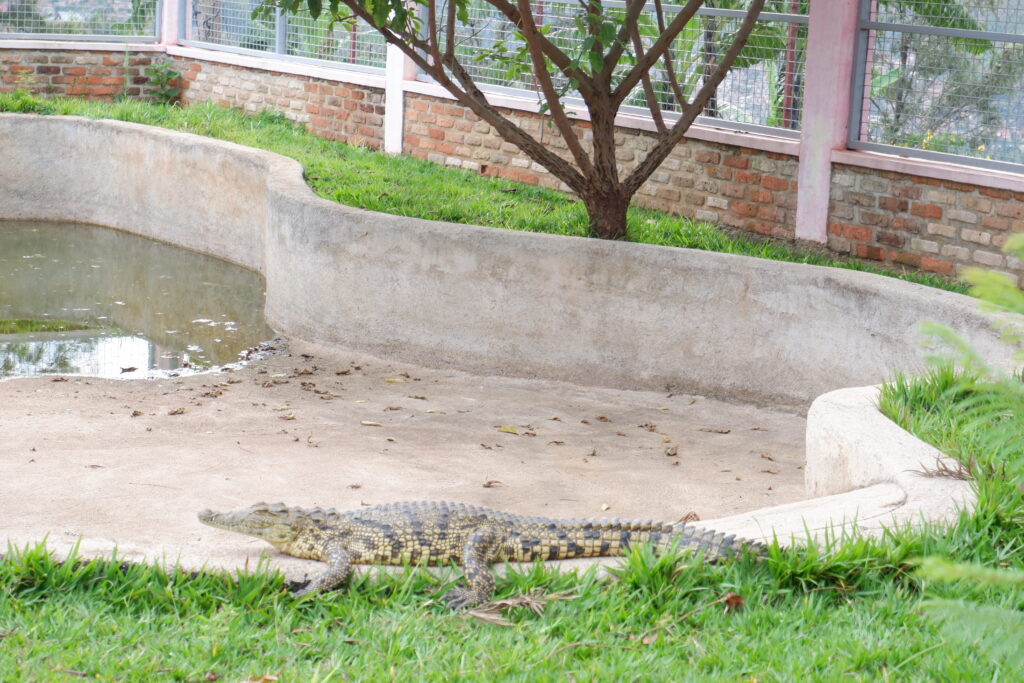
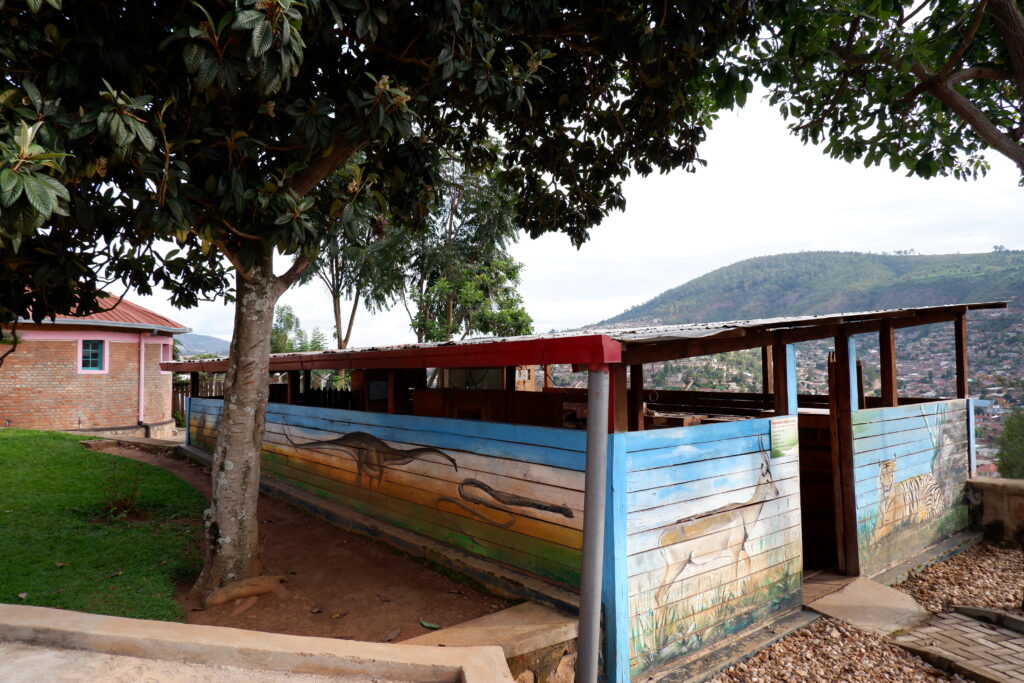
The guide then takes you outdoors where there is a large statue of a gorilla and an enclosure with a baby Nile crocodile — about one and a half meters long — soaking up the sun. They then lead you to a small room of made of wood, which has snakes in glass enclosures. Inside lay some of the deadliest of African snakes. They seemed well fed and did not require a lot of space. We had never been so close to the Black Mamba, Gabon viper, python and the spitting cobra.